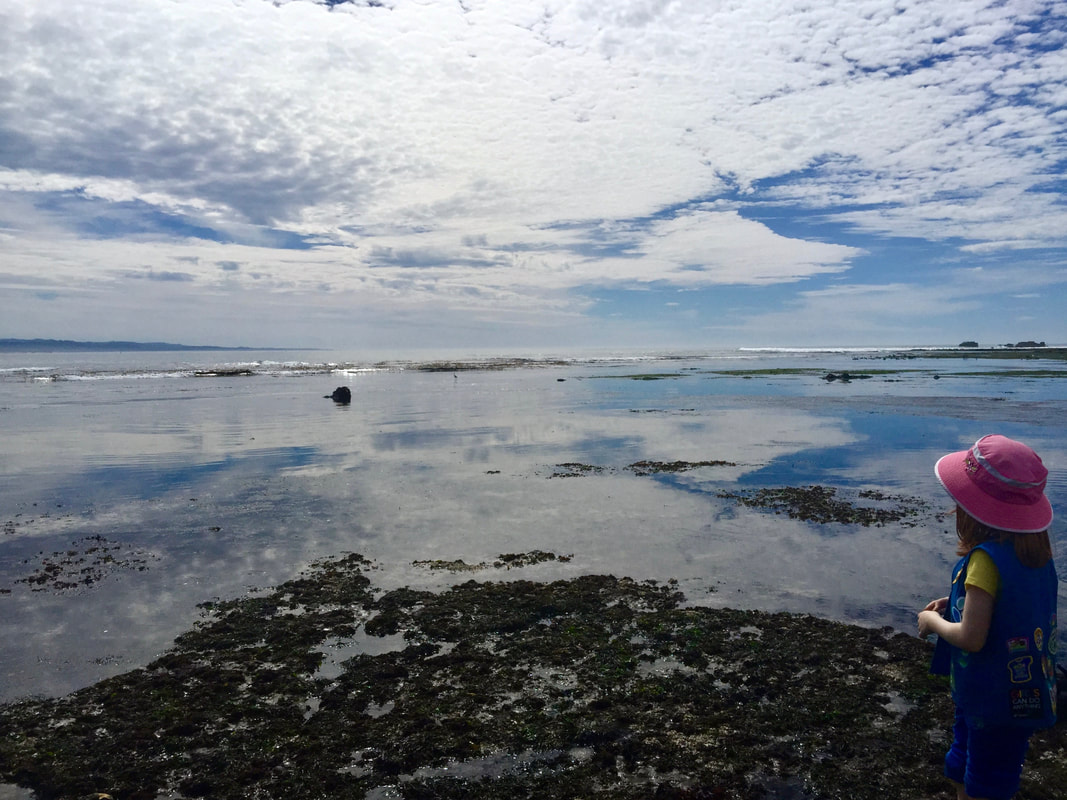 “The history of life.” The topic sounds limitless. How can anyone hope to understand the entire history of life on Earth? What does that even mean? Sounds as tough as becoming a Stoic sage. But in fact, scientists know a lot about how life has developed and changed over time. Learning about the winding path of living things on our planet has been a longtime passion of mine. And these days, I’m drawing on it to ground my perspective on my own life. It’s a helpful way to supplement my Stoic-inspired life philosophy when I get wrapped up in “first-world problems.” My interest began in 6th grade, when my teacher, Ms. Cox, showed us grainy videos (old school VHS tapes, or maybe Betamax?) featuring Donald Johanson and Louis and Mary Leakey talking about their search for the earliest humans. Johanson discovered the fossilized skeleton of “Lucy,” an early human-like hominid, in Ethiopia. The Leakeys also found very old hominid fossils in Africa. My all-time favorite elementary school project was creating a giant mural of horses in the style of cave paintings found in Southwest France, some of the earliest art created by prehistoric humans. It thrilled me to think that I might be using the same techniques of a very, very, VERY ancient version of me. I learned a lot more about life’s history in college. As a freshman, one of the first classes I signed up for was, in fact, titled “The History of Life.” I thought it sounded a little ambitious, and I was right. But it was also fascinating, and gave me a whole new perspective. The course was taught by Stephen Jay Gould, a legendary paleontologist and theorist of evolution. Though I never got to know him personally in the large lecture class, Gould inspired me with his ability to write eloquent essays about life’s origins even in the very tiniest and most obscure of creatures, for instance during the Cambrian explosion 541 million years ago (a massive diversification of life that lasted for 13 to 25 million years). Gould’s lectures also opened my eyes to a new way of looking at evolution. He argued that rather than gradually changing, living creatures exist in “punctuated equilibrium.” Things remain in relative stasis until something radical happens and the species begin to quickly shift, a punctuation mark in time. It’s hard to capture the awe I felt when I understood how very long life had been striving—and to some extent, thriving, but also struggling, and dying—on our planet. Humans are newcomers on the scene. And this is a scene that’s been through unimaginable, often very rapid change. (Gould died in 2002, but his inspiration remains… in part, I owe my current career in science writing to him.) This year, I’ve gone back to Gould’s books to help me put things into perspective once again as the norms and ethics of our society seem to be bent or broken everywhere I turn. The virtues that I hold dear—the Stoic virtues of wisdom, justice, courage, and moderation—are being ripped to shreds daily. Every week seems to reveal a fresh scandal, whether it is in government, corporate leadership, Hollywood, or law enforcement. Our human equilibrium is being “punctuated” by changes in our physical climate, too. In a way, learning about the pre-historic and deep past—a time before modern language and recorded thought—is a new kind of the “View from Above” meditation. This Stoic technique encourages practitioners to imagine themselves high above their street, city, or state, to float over things is to see them from a new perspective. From that point of view, our numerous problems seem small and inconsequential. So when I am bothered by things around me, I don’t try to escape to the past so much as immerse myself in the timeline of this long history. The past is more than “another country,” as it’s been called—it’s a whole other version of our universe. I can envision a long line of beings living and breathing and working together and fighting and loving and competing. A line constantly shifting and changing. Marcus Aurelius wrote of this concept in his Meditations. For example: "At all times some things are hastening to come into being, and others to be no more; and of that which is coming to be, some part is already extinct. Flux and transformation are forever renewing the world, as the ever-flowing stream of time makes boundless eternity forever young.” (6:15) As I review what we humans have experienced over the "ever-flowing stream of time," I think not just of people alone but also the megafauna (mammoths, saber-toothed tigers, giant ground sloths, and more) that they encountered. These creatures, long extinct, once made our bodies seem tiny... and stand in great contrast to the microscopic ones that started it all. Getting to know more about this past could also help us move towards the Stoic goal of "living in accord with Nature." The largeness of time and space, and the variation of life and the natural world, are a remarkable heritage. If we see all this in the light of the vastness of the cosmos, it's something to marvel at... and a means to meditate on where we have been, and where we would like to go. Ultimately, this is another way to work to increase our own human flourishing in a world not made just for us.
0 Comments
Leave a Reply. |
About The Stoic MomI'm a writer, editor, and mom to two daughters in Northern California on a journey to discover how Stoic philosophy and mindful approaches can change a parent's - or any person's - life. Categories
All
Archives
January 2023
|
 RSS Feed
RSS Feed